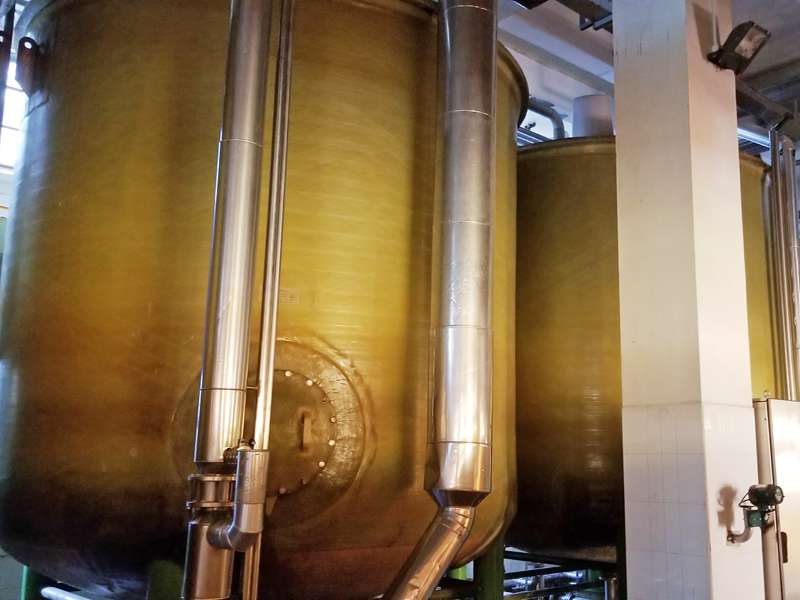
-
 Afrikaans
Afrikaans -
 Albanian
Albanian -
 Amharic
Amharic -
 Arabic
Arabic -
 Armenian
Armenian -
 Azerbaijani
Azerbaijani -
 Basque
Basque -
 Belarusian
Belarusian -
 Bengali
Bengali -
 Bosnian
Bosnian -
 Bulgarian
Bulgarian -
 Catalan
Catalan -
 Cebuano
Cebuano -
 China
China -
 China (Taiwan)
China (Taiwan) -
 Corsican
Corsican -
 Croatian
Croatian -
 Czech
Czech -
 Danish
Danish -
 Dutch
Dutch -
 English
English -
 Esperanto
Esperanto -
 Estonian
Estonian -
 Finnish
Finnish -
 French
French -
 Frisian
Frisian -
 Galician
Galician -
 Georgian
Georgian -
 German
German -
 Greek
Greek -
 Gujarati
Gujarati -
 Haitian Creole
Haitian Creole -
 hausa
hausa -
 hawaiian
hawaiian -
 Hebrew
Hebrew -
 Hindi
Hindi -
 Miao
Miao -
 Hungarian
Hungarian -
 Icelandic
Icelandic -
 igbo
igbo -
 Indonesian
Indonesian -
 irish
irish -
 Italian
Italian -
 Japanese
Japanese -
 Javanese
Javanese -
 Kannada
Kannada -
 kazakh
kazakh -
 Khmer
Khmer -
 Rwandese
Rwandese -
 Korean
Korean -
 Kurdish
Kurdish -
 Kyrgyz
Kyrgyz -
 Lao
Lao -
 Latin
Latin -
 Latvian
Latvian -
 Lithuanian
Lithuanian -
 Luxembourgish
Luxembourgish -
 Macedonian
Macedonian -
 Malgashi
Malgashi -
 Malay
Malay -
 Malayalam
Malayalam -
 Maltese
Maltese -
 Maori
Maori -
 Marathi
Marathi -
 Mongolian
Mongolian -
 Myanmar
Myanmar -
 Nepali
Nepali -
 Norwegian
Norwegian -
 Norwegian
Norwegian -
 Occitan
Occitan -
 Pashto
Pashto -
 Persian
Persian -
 Polish
Polish -
 Portuguese
Portuguese -
 Punjabi
Punjabi -
 Romanian
Romanian -
 Russian
Russian -
 Samoan
Samoan -
 Scottish Gaelic
Scottish Gaelic -
 Serbian
Serbian -
 Sesotho
Sesotho -
 Shona
Shona -
 Sindhi
Sindhi -
 Sinhala
Sinhala -
 Slovak
Slovak -
 Slovenian
Slovenian -
 Somali
Somali -
 Spanish
Spanish -
 Sundanese
Sundanese -
 Swahili
Swahili -
 Swedish
Swedish -
 Tagalog
Tagalog -
 Tajik
Tajik -
 Tamil
Tamil -
 Tatar
Tatar -
 Telugu
Telugu -
 Thai
Thai -
 Turkish
Turkish -
 Turkmen
Turkmen -
 Ukrainian
Ukrainian -
 Urdu
Urdu -
 Uighur
Uighur -
 Uzbek
Uzbek -
 Vietnamese
Vietnamese -
 Welsh
Welsh -
 Bantu
Bantu -
 Yiddish
Yiddish -
 Yoruba
Yoruba -
 Zulu
Zulu
Exploring the Applications and Benefits of GRP Grating in Modern Industries
Understanding GRP Grating Applications and Benefits
Glass Reinforced Plastic (GRP) grating, often referred to as fiberglass grating, is an advanced composite material widely used in various industrial applications due to its exceptional strength, durability, and versatility. Comprising a resin matrix reinforced with fiberglass strands, GRP grating is engineered to provide superior performance in environments where traditional materials like steel and aluminum might falter.
Understanding GRP Grating Applications and Benefits
Additionally, GRP grating is inherently resistant to corrosion, making it particularly valuable in industries such as chemical manufacturing, wastewater treatment, and marine applications. Unlike steel, which can corrode when exposed to harsh chemicals or moisture, GRP grating retains its integrity over time. This resistance translates to a longer lifespan, reduced maintenance costs, and enhanced safety, as the risk of structural failure due to corrosion is significantly diminished.
grp grating

Furthermore, GRP grating is designed with slip-resistant surfaces, enhancing safety in environments where workers might be exposed to liquids or debris. The ability to customize the surface texture ensures that it meets specific safety standards for different applications, making it suitable for everything from industrial facilities to commercial buildings.
In terms of installation versatility, GRP grating can be manufactured in various shapes, sizes, and colors, allowing for tailored solutions that meet the aesthetic and functional requirements of a project. The grating can be molded into different patterns and styles, making it suitable for both functional uses and architectural applications, such as decorative walkways and viewing platforms.
Environmental factors also favor GRP grating. Its production is more sustainable compared to traditional materials, and its durability means less frequent replacement, contributing to lower overall environmental impact. Many GRP products are also recyclable, reinforcing their eco-friendly credentials.
In conclusion, GRP grating represents a modern solution to various challenges faced in industrial and commercial environments. Its lightweight, corrosion-resistant, and versatile nature makes it an ideal choice for numerous applications, ensuring safety and longevity. As industries continue to seek innovative materials that are both efficient and reliable, GRP grating's role in construction and engineering is set to expand even further, solidifying its place as a cornerstone material in advanced design and infrastructure.









